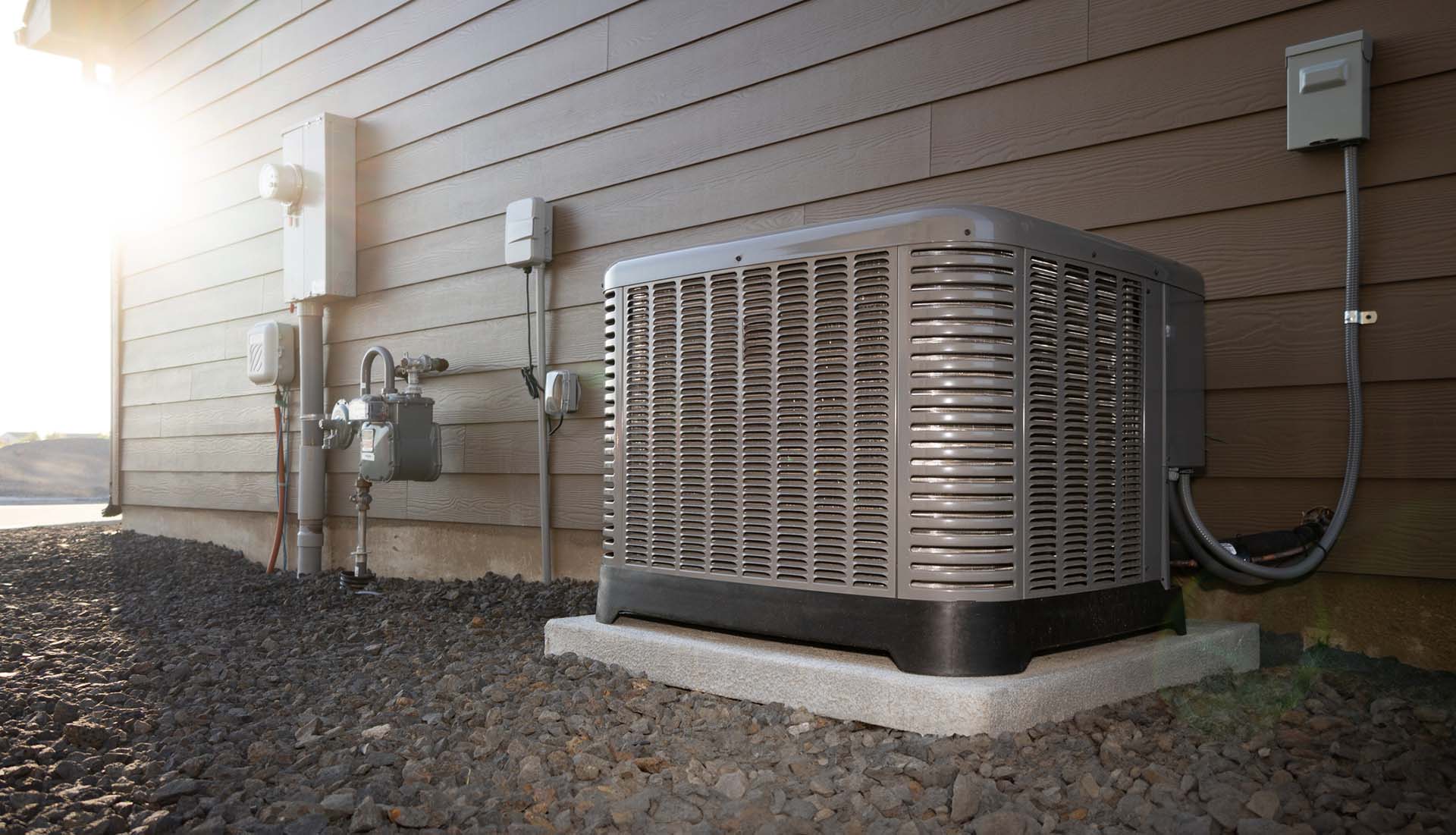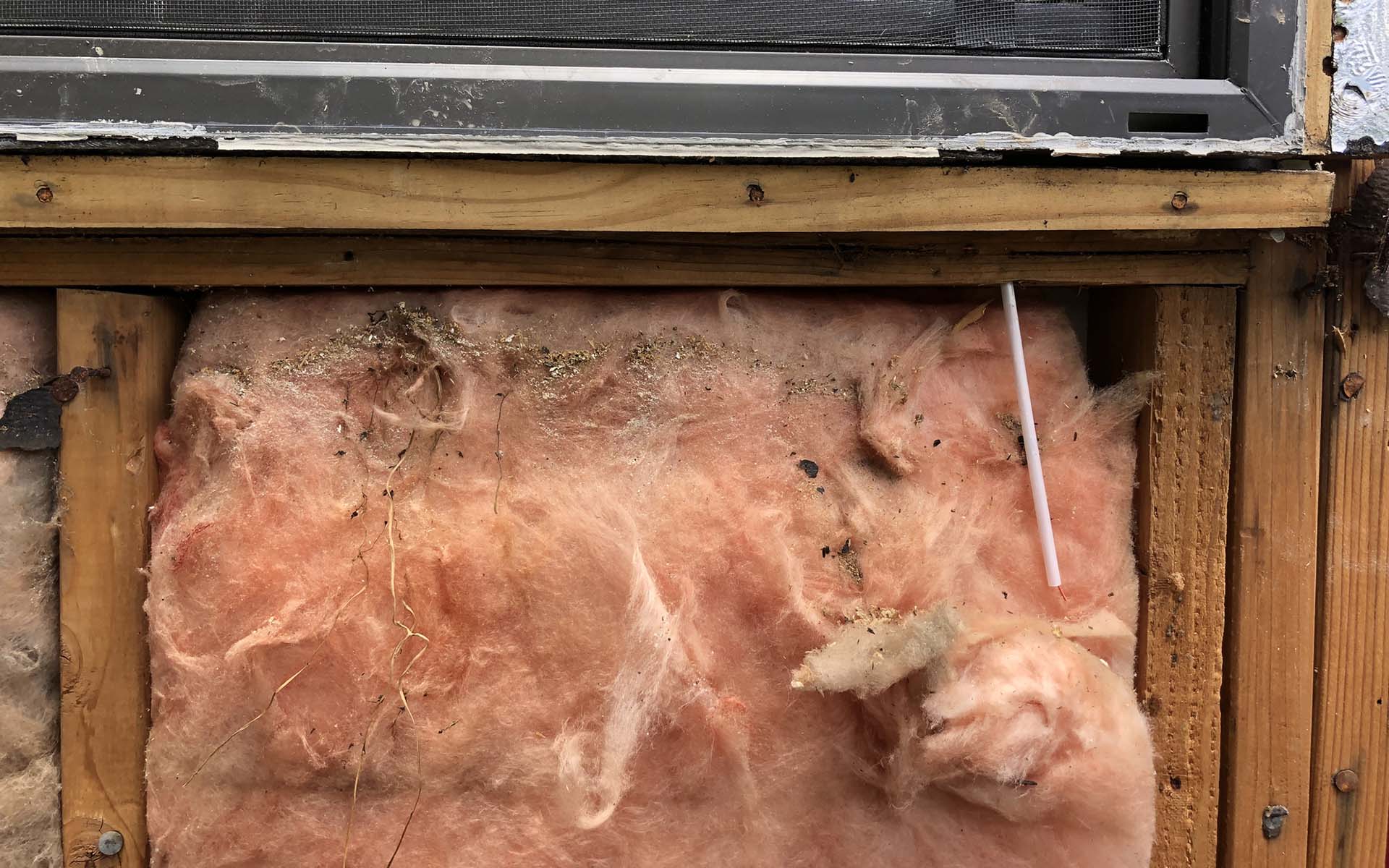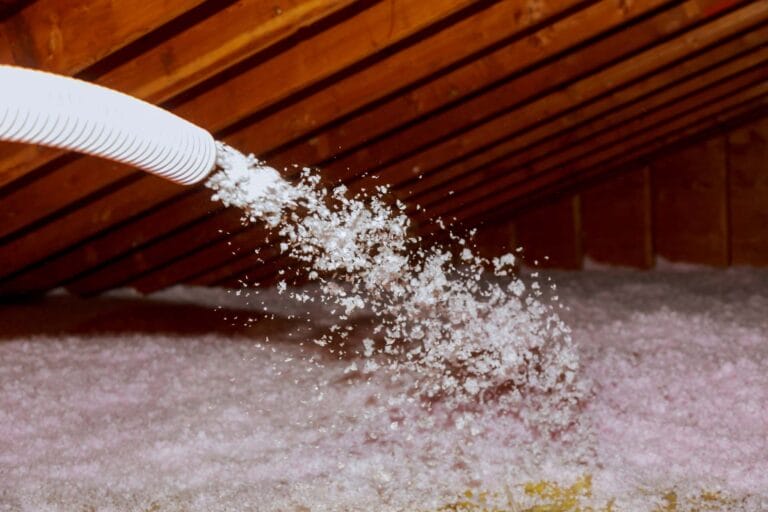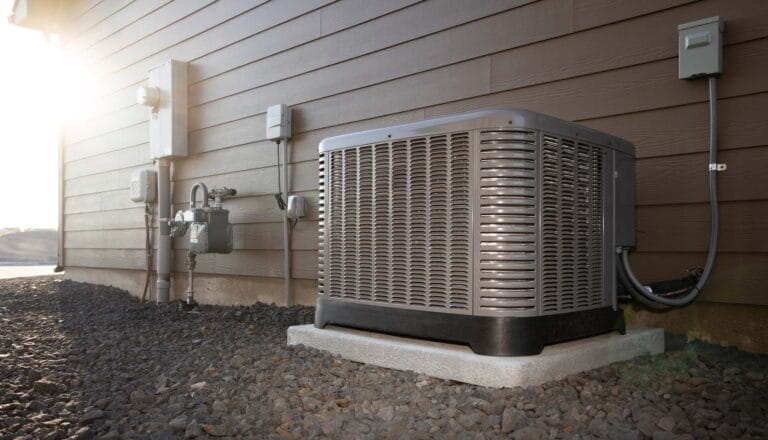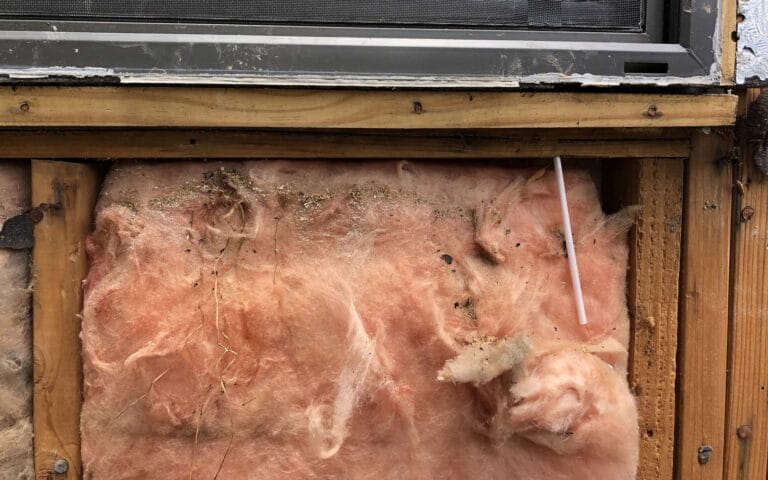Understanding R-Values: How to Choose the Right Insulation for Your Home
When it comes to making your home comfortable and energy-efficient, understanding R-values is essential. R-value measures insulation’s ability to resist heat flow, and selecting the appropriate insulation can significantly impact your home’s thermal performance. Whether you are a homeowner or a property manager, knowing how to interpret R-values can help you make informed decisions for your insulation needs.
What Are R-Values?
R-value is a numerical value that indicates the effectiveness of insulation. The higher the R-value, the greater the insulating power. This means better energy efficiency and improved comfort within your home. For instance, if you live in a colder climate, you might need insulation with a higher R-value to keep your home warm during winter.
Why R-Value Matters
Here’s why you should understand R-values.
- Energy efficiency: By choosing insulation with the appropriate R-value for your region, you can reduce energy consumption and lower utility bills. For example, underperforming insulation makes your heating and cooling systems work harder, which leads to increased energy costs. According to the Environmental Protection Agency (EPA), proper insulation can save you an average of 15% on heating and cooling costs.
- Comfort: Proper insulation helps maintain a consistent indoor temperature. If you select insulation with a suitable R-value, you can avoid drafts and cold spots, creating a more comfortable living environment. Imagine coming home to a cozy, warm house during winter without the chill of drafts seeping around windows or doors.
- Home value: High-quality insulation can add value to your property. Potential buyers often look for energy-efficient and comfortable homes, and having suitable insulation can be a significant selling point. Homes with good insulation typically sell faster and for a better price.
Choosing the Right R-Value for Different Areas
Different areas of your home require varying levels of insulation. Here are some general recommendations for R-values based on location:
- Attics: R-30 to R-60, depending on climate. Attics are typically where heat loss occurs most frequently, so it’s vital to ensure they are adequately insulated.
- Walls: R-13 to R-21. Insulating walls can help maintain comfortable indoor temperatures and protect your home from external weather conditions.
- Basements: R-5 to R-19. Insulating your basement can prevent heat loss and also protect against moisture issues.
- Crawl Spaces: R-13 to R-30. Insulating crawl spaces can keep your home warmer and reduce drafts.
Home Insulation Tips
Here are more tips on determining the right R-values that are appropriate for your home:
- Consider climate zones: The R-value needed can vary significantly depending on where you live. Familiarize yourself with your local climate zone to choose insulation that meets the specific requirements for your area. For example, in colder regions, you’ll want insulation with a higher R-value to retain heat during frigid winters.
- Evaluate existing insulation: Before making any changes, assess your current insulation. If it has settled or deteriorated, it may not provide adequate R-value anymore. Upgrading can make a big difference in energy efficiency. For instance, if your insulation is over a decade old, it may not perform as well as newer materials with better R-values.
- Professional consultation: If you’re unsure about what insulation to choose, consider consulting professionals. They can help you assess your home and recommend insulation solutions that match your needs. They can also help you navigate local building codes and requirements, ensuring your insulation meets safety standards.
Common Types of Insulation
There are several types of insulation you can choose from.
- Fiberglass insulation: This is one of the most common types of insulation. It’s available in batts, rolls, or loose-fill and provides good R-value at an affordable price. It’s non-combustible and resistant to moisture, making it a popular choice.
- Foam board insulation: This type provides a high R-value per inch and is often used in areas where space is limited, such as basements and crawl spaces. Foam board insulation is also great for preventing moisture issues.
- Spray foam insulation: This offers superior air sealing and has a high R-value. It expands upon application, filling gaps and cracks, making it ideal for hard-to-reach areas. However, it can be more expensive than other insulation types.
Making the Right Choice
Choosing the appropriate insulation based on R-values is vital for creating an energy-efficient and comfortable home. By understanding the importance of R-values and how to select insulation for different areas, you can make informed decisions that will benefit you in the long run.
Whether upgrading your insulation or starting from scratch, prioritize R-value to ensure your home remains a cozy haven all year round. A well-insulated house is not just about comfort, it’s an investment in your home’s future energy efficiency and value.
For expert advice and solutions regarding insulation, Geo Insulation of Birmingham, Alabama offers valuable services to help homeowners and property managers choose the right insulation. Our team can guide you in selecting insulation that provides the best thermal performance for your home.
If you’d like a quote for your insulation project, fill out our form or give us a call at (205) 475-3552.


